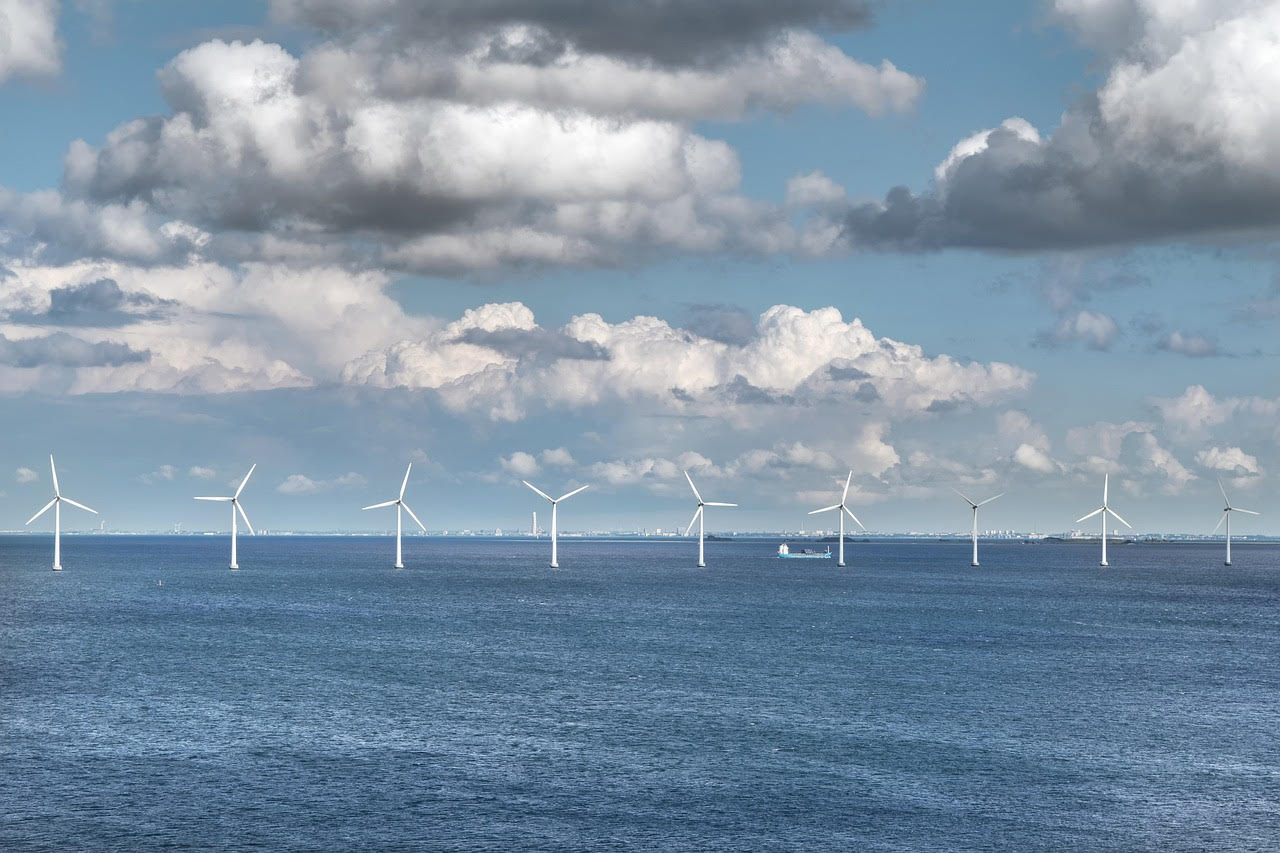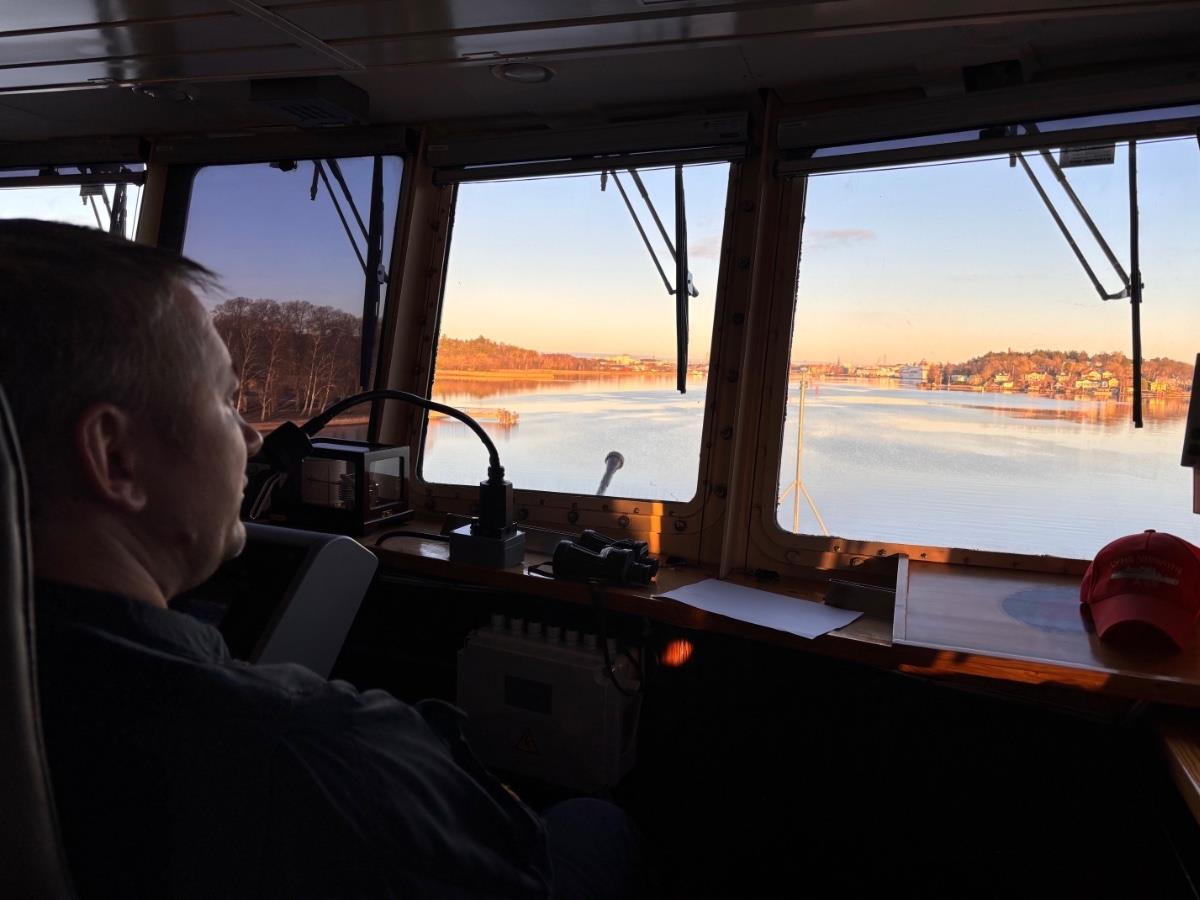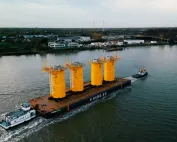Berlin, June 16, 2025. The Federal Network Agency (Bundesnetzagentur) auctioned the offshore wind site N-9.4 in the German North Sea. Total Energies was awarded the contract. The company prevailed over another bidder in a dynamic auction process. The final payment offer is €180 million for the site, which has not been pre-investigated and has a grid connection capacity of 1 gigawatt (GW).
“I congratulate our member company Total Energies on its auction success! Total Energies has secured a development portfolio of 7,5 gigawatts, making it the largest developer of offshore wind farms in Germany,” says BWO Managing Director Stefan Thimm.
“The results of the auction for site N-9.4 clearly demonstrate how significantly the risks for offshore wind developers have increased in recent years due to geopolitical tensions and supply bottlenecks. The current auction process no longer reflects economic realities. In addition to mandatory overplanting, these include rigid implementation deadlines and the associated penalties,” said the Managing Director of the German Offshore Wind Energy Association. “These risks are reflected in the significantly lower auction proceeds compared to previous years and only two zero-cent bids,” he added.
“A bilateral Contract for Difference, or CfD for short, is necessary in parallel with the long-term power purchase agreements in order to secure the long-term attractiveness of the German market for investors,” says Stefan Thimm.
Mandatory overplanting is too rigid
Another challenge of the current auction was the mandatory overplanting requirement for site N-9.4 for the first time. Total Energies will have to equip the site with 10 to 20 percent more installed capacity than can be fed into the grid via the 1 GW grid connection. While this increases the efficiency of the grid connection, it also significantly increases the investment required for the wind farm.
The BWO therefore warns against rigid overplanting requirements. “The regulatory requirement to build over grid connections increases electricity generation costs. Developers of offshore wind farms have an intrinsic motivation to build over and are experts in finding the optimal level themselves,” says Thimm.
“I welcome the fact that the responsible authorities have quickly complied with our request to keep the overplanting requirements more flexible than initially planned. However, this is not sufficient for the future. Based on the current results, fixed requirements should be eliminated altogether in the future,” Thimm adds.
Site N-9.4 covers 146 square kilometers, has a grid connection with 1 gigawatt (GW) of installed capacity, and is scheduled to be connected to the grid in the second half of 2032. It has not been centrally investigated. Qualitative criteria played no role in the tender.
The comparison with previous years
In the 2024 tenders for sites N-12.3 (1 GW) and N-11.2 (1,5 GW), seven and nine bidders, respectively, participated in the dynamic bidding process with zero-cent bids. The successful bidders offered approximately €1,3 million per megawatt for site N-12.3 and just under €1,1 million per megawatt for N-11.2. Two zero-cent bidders participated in the current auction for site N-9.4. The winner prevailed with €180.000 per megawatt.
Background to the procedure
With zero-cent bids, bidders forgo government subsidies and finance the offshore wind farm entirely through electricity sales on the market. Zero-cent bids have been established in Germany since 2017. The auction for site N-9.4 was the third dynamic bidding process based on the Offshore Wind Energy Act (WindSeeG) in Germany. Companies had to announce by June 2, 2025, whether they would participate in the process with a zero-cent bid. This was followed by a multi-stage bidding process, in which the contract was awarded to the highest payment bid per megawatt (€/MW).
Upcoming tenders
The sites N-10.1 (2 GW) and N-10.2 (500 MW), which have been centrally investigated by the Federal Maritime and Hydrographic Agency, will be put out to tender by August 1, 2025.
As of December 31, 2024, 1.639 offshore wind turbines with a total capacity of 9,2 gigawatts were in operation in Germany – 7,4 gigawatts of which were in the North Sea and 1,8 gigawatts in the Baltic Sea. The industry employs around 25.500 people in Germany.
Source: BWO














